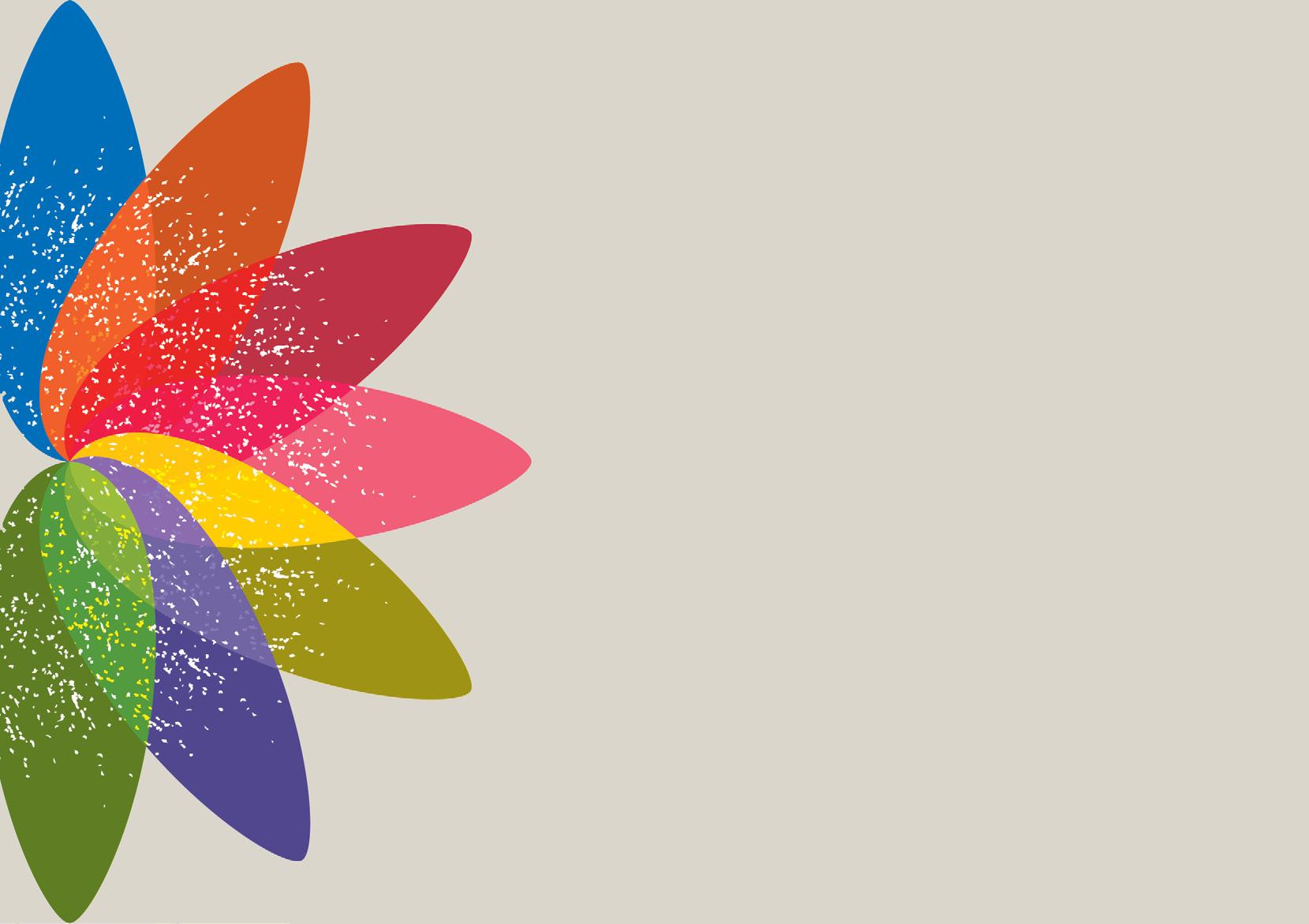
24 minute read
Museums’ contributions to the SDGs
Museums can play a critical role in supporting the achievement of the SDGs, working with one another, with their stakeholders, and with other sectors. Museums already contribute positively to many of the SDGs, but they also have negative impacts.
Individually and collectively, museums make large impacts, both positive and negative.
Advertisement
As there are around 55,000 museums in the world, their impact is probably comparable to that of a small (possibly not so small) country. Imagine the difference to the world if all museums committed to steadily enhancing their positive impacts and reducing their negative impacts?
26 For details of the SDGs, targets, and background information see https://sustainabledevelopment. un.org/?menu=1300 In order to realise their potential, museums, museum networks and individual museum workers need to understand how they can contribute towards the SDGs. The SDGs are made up of 17 Goals and 169 targets.26 That is just too many to remember. Also, some Goals are more directly relevant to museums than others. For example, education and research are explicitly recognised in a number of the SDGs and museums have a direct role in addressing these, notably for people outside of formal educational programmes, or as an accompaniment to formal education. Protection of cultural and natural heritage is also explicitly recognised in the SDGs, as are participation in society and cultural life.
However, museums can contribute to the SDGs in much broader ways, and they can support the SDGs overall. The following six steps, and seven key activities, are offered as a plan that should be relevant for most museums, museum workers, networks, funders and other stakeholders.
STEP 1
Understand the SDGs to be an integrated programme of 17 Goals for the benefit of people, planet and prosperity (the three dimensions of sustainability), in pursuit of and supported by peace, and enabled by partnerships.
Crucially, understand that the SDGs are about strengthening and enhancing human and environmental rights, and achieving a more sustainable future.

STEP 2
Consider what position[s] you should be taking in relation to the overall SDG Agenda, and what part you should be playing to achieve the SDGs. Positions could include:
• Communicate up to date science and information linked to the SDGs
• Provide public access to a range of resources linked to the SDGs
• Present a range of views on sustainability issues and the SDGs
• Enable people to examine sustainability and sustainable development as connected cultural, political, technological, economic and scientific issues
• Provide information on how people might adapt their lifestyles and consumer choices to address the SDGs
• Provide a forum for individuals, communities and organisations with an interest in sustainability to address the SDGs
• Play a part in networks of individuals, communities and organisations with an interest in addressing the SDGs
• Promote collective action for the SDGs
• Participate in SDG-related research
• Lead opinion to address the SDGs
• Take a critical stance on sustainability policy and decisions linked to the SDGs
• Lobby on sustainability issues

Different museums, museum types and role types will be more comfortable with particular positions from this list. However, it is worth remembering that business-as-usual will not support positive change, and ‘comfortable’ is not necessarily a position that will help a museum, or even an individual museum worker, in the longterm. You could ask your stakeholders what roles they need or want you to take.27 Ask what level of ambition you (and/or your institution) should be expected to have for the SDGs in terms of your mission and values: should you be a follower or a leader, locally or globally, and what part should you be playing in networks?
Consider the benefits to you/your institution of supporting the SDGs, and the risks of not supporting them. Remember that the SDGs are an invitation that do not require permission to adopt, and have been set out as an invitation to all sectors to participate in. You just need to want to do it, or at least recognise the importance of doing it. Remember the SDGs are not about justifying who you are, but are a statement of intent of the difference you want to make for the world, and an ongoing commitment to enhance your positive impacts and reduce negative impacts.
27 The list of institutional positions is adapted from the work of Fiona Cameron and colleagues, who explored the possible roles of museums as agents for addressing climate change. See, e.g. Cameron, F. R. (2012). Agencies, climate change and the museum for a complex world. Museum Management and Curatorship 27(4): 317–39.
STEP 3
Consider how you and your museum (or network, organisation or partnership) contribute to each Goal currently, both positively and negatively, and identity which SDGs connect most with the subject area of your museum or your work. Those SDGs represent your key contribution to the achievement of the SDGs, ensuring at the same time that in contributing to those SDGs you are not impeding others.
STEP 4
The following seven activities are suggested as a very impactful way for museums to contribute to the SDGs. This list is not exclusive, but should apply to the great majority of museums, museum-related organisations and their partners. This list is also scalable, so applies to individuals, institutions, networks, and people at all levels in an organization. As with the SDGs themselves, the seven activities should be considered alongside one another, to try to ensure that activity in one area is not negatively impacting on other activities.
The seven activities
1. Protect and safeguard the world’s cultural and natural heritage, both within museums and more generally 2. Support and provide learning opportunities in support of the SDGs 3. Enable cultural participation for all 4. Support sustainable tourism 5. Enable research in support of the SDGs 6. Direct internal leadership, management and operations towards the SDGs 7. Direct external leadership, collaboration and partnerships towards the SDGs
These are covered in greater detail below. The seven key activities are mapped against the targets of the SDGs at the end of this booklet. They link fairly explicitly to 56 SDG targets, which is 33% of all 169 targets.
STEP 5
Develop an action plan to enhance positive contributions to the SDGs and reduce negative contributions based on the seven activities above, spanning the gap between ‘where you are now’ and ‘where you want to get to’. Incorporate this into your organisational development, monitoring and reporting cycle, and communicate it both internally and externally.
STEP 6
Review and renew your action plan regularly, and repeat this six-step process. Enjoy it and celebrate it. Don’t wait, start now if you haven’t already started. The future needs you.
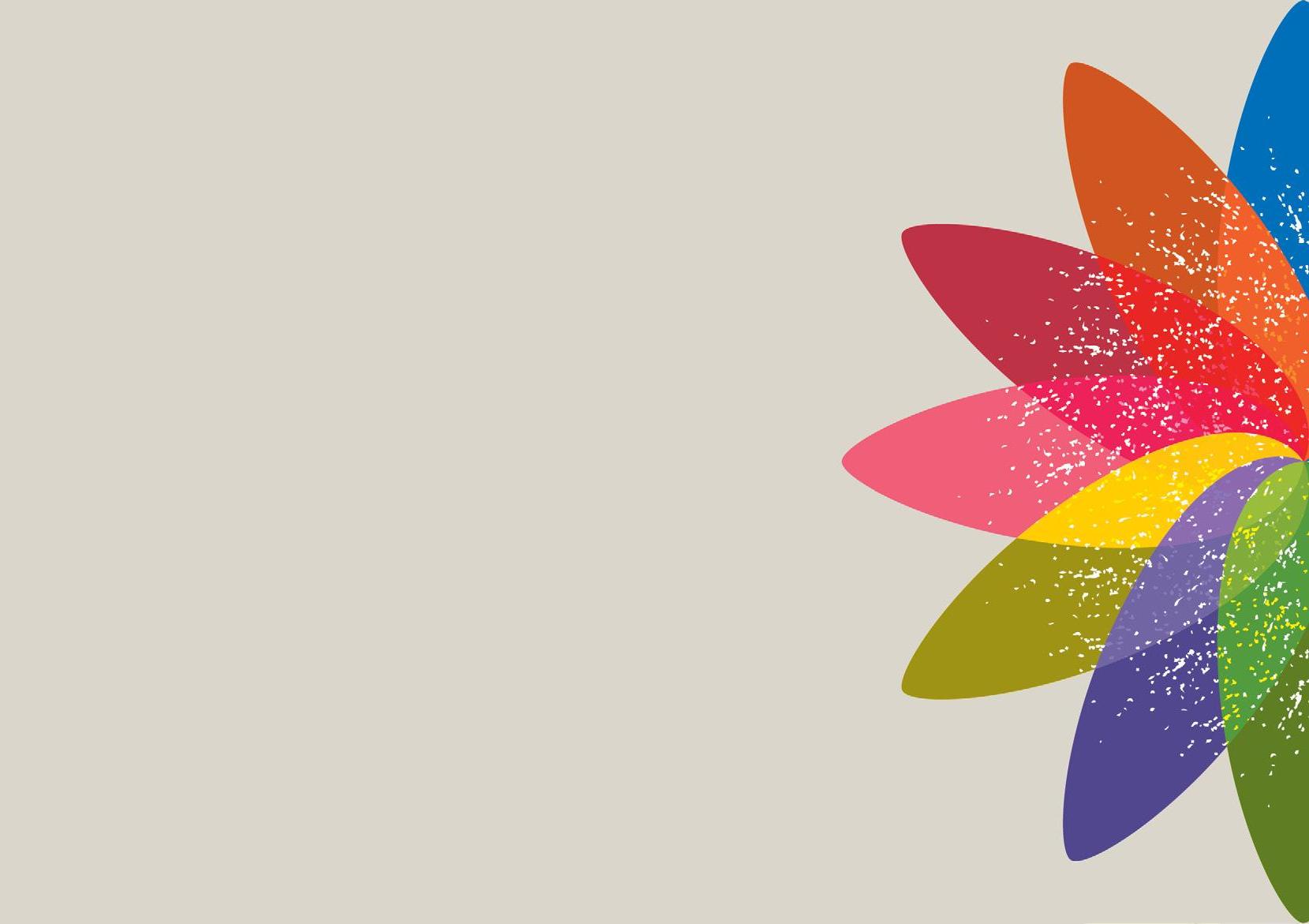
1.

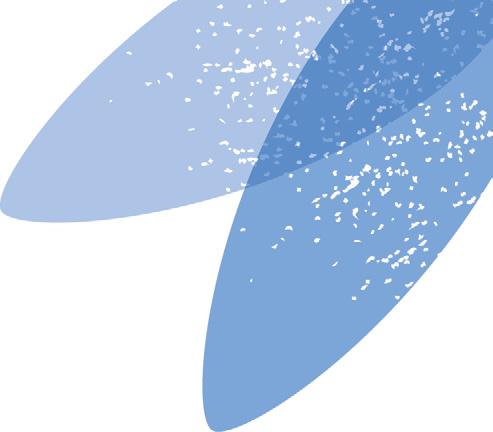
Heritage is whatever is passed from one generation to another, and is strongly connected with the concept of sustainability.
Cultural heritage generally includes artefacts, monuments, buildings and sites that have a diversity of values to people (e.g. symbolic, historic, artistic, scientific and/or social significance). Natural heritage generally includes plants, animals, ecosystems, geological structures, and landscapes.
Natural heritage is found in the wider environment, nature reserves, zoos, aquaria and botanical gardens. Intangible cultural heritage is defined in the 2003 UNESCO Convention for the Safeguarding of Intangible Cultural Heritage as “practices, representations, expressions, knowledge, skills – as well as the instruments, objects, artefacts and cultural spaces associated therewith – that communities, groups and, in some cases, individuals recognise as part of their cultural heritage…”28
28 https://ich.unesco.org/en/what-is-intangible-heritage-00003
Protecting and safeguarding cultural and natural heritage forms the basis of a discrete and explicit SDG target, SDG 11.4, ‘Strengthen efforts to protect and safeguard the world’s cultural and natural heritage’.
Museums are fundamental to the achievement
of this target, along with other collections-based institutions, cultural sites, monuments, and natural heritage. However, as individual museums (and museum workers and networks) are part of wider museum, cultural and heritage sectors, all museums should consider how they support the world’s cultural and natural heritage through their various activities, just to ensure that they are not inadvertently doing damage to forms of heritage beyond their immediate subject area. All museums should consider how they are helping build resilience and adaptive capacity for the heritage in their buildings, for broader heritage in culture and nature, and in communities locally and globally.
Target 11.4 is closely linked to the achievement of many other SDGs, because collections in museums serve as the basis for a wide range of activities, notably learning (SDG 4) and research and innovation (SDG 9). They, in turn, help contribute to other SDGs. For example, natural history collections in museums directly contribute to SDG 11.4, and through SDGs 4 (education) and 9 (research and innovation) they can contribute to SDGs 2 (sustainable agriculture), 13 (climate action), 14 (life in water) and 15 (life on land), by ensuring the protection and safeguarding of natural heritage in nature. Museums can also help to protect and safeguard cultural and natural heritage by providing opportunities for people to express, experience and participate in expressions of their culture and the culture of others (supporting SDG 10, reduced inequalities).
So, museums help protect and safeguard collections and, through the effective and sustainable use of their collections for education and research, and the exhibitions, events and other programmes they stage, they contribute to the protection and safeguarding of cultural and natural heritage in the wider world. Museums have an important role in working to reduce conflict, and are themselves threatened in times of conflict. They also have an important role in tackling illegal looting, both historical and contemporary, and in preventing illegal trade in endangered species. All of these activities contribute to the SDGs.
2.

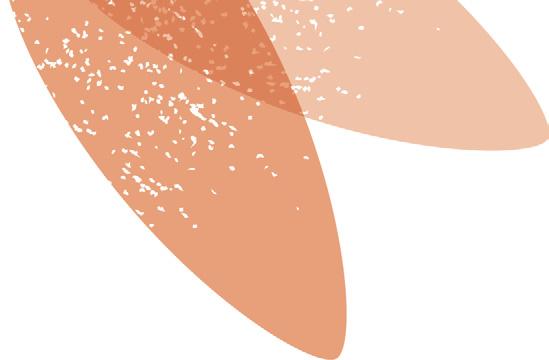
Education, whether as part of formal education or lifelong learning, is crucial for the achievement of the SDGs, and is included among the SDGs (explored further on the following page).
‘Education for Sustainable Development’ (ESD) is a widely recognised term that “empowers learners to take informed decisions and responsible actions for environmental integrity, economic viability and a just society, for present and future generations, while respecting cultural diversity. It is about lifelong learning, and is an integral part of quality education. ESD is holistic and transformational education which addresses learning content and outcomes, pedagogy and the learning environment. It achieves its purpose by transforming society.”29 Education should cover all of cognitive/intellectual, attitudinal/ values and behavioural/action aspects. It is not enough for people to know about problems and challenges: they need to care about them and be empowered to be part of the solution.
29 ‘Roadmap for Implementing the Global Action Programme on Education for Sustainable Development’ (UNESCO, 2014), http://unesdoc.unesco.org/ images/0023/002305/230514e.pdf
SDG
Goal 4: Ensure inclusive and equitable quality education and promote lifelong learning opportunities for all
Goal 12: Ensure sustainable consumption and production patterns
SDG target
4.7 By 2030, ensure that all learners acquire the knowledge and skills needed to promote sustainable development, including, among others, through education for sustainable development and sustainable lifestyles, human rights, gender equality, promotion of a culture of peace and non-violence, global citizenship and appreciation of cultural diversity and of culture’s contribution to sustainable development
12.8 By 2030, ensure that people everywhere have the relevant information and awareness for sustainable development and lifestyles in harmony with nature
Goal 13: Take urgent action to combat climate change and its impacts
Goal 16: Promote peaceful and inclusive societies for sustainable development, provide access to justice for all and build effective, accountable and inclusive institutions at all levels 13.3 Improve education, awareness-raising and human and institutional capacity on climate change mitigation, adaptation, impact reduction and early warning
16.7 Ensure responsive, inclusive, participatory and representative decision-making at all levels
16.10 Ensure public access to information and protect fundamental freedoms, in accordance with national legislation and international agreements
ESD has a crucial role to play in addressing climate change and its impacts, building individual and collective abilities (knowledge, attitudes and actions) to reduce personal and collective climate impacts and to adapt to climate change.30
Museums can incorporate ESD into all of their educational programmes, for all ages and
abilities. Two especially useful documents that outline key learning objectives for the SDGs (and in terms of knowledge, attitudes, skills and behaviour) and for climate change education are, respectively:
• ‘Education for Sustainable Development: Learning Objectives’ (UNESCO, 2017)31
• ‘Action for Climate Empowerment: Guidelines’ (UNFCCC, 2017)32
UNESCO also has a wide range of resources available for each SDG.33

30 ‘The Role of Climate Change in the Classroom’ (UNESCO, 2013), http://unesdoc.unesco.org/images/0021/002197/219752e.pdf 31 https://unesdoc.unesco.org/ark:/48223/pf0000247444 32 https://unesdoc.unesco.org/ark:/48223/pf0000246435 33 https://en.unesco.org/themes/education/sdgs/material
3.
Enable cultural participation for all

“EVERYONE HAS THE RIGHT FREELY TO PARTICIPATE IN THE CULTURAL LIFE OF THE COMMUNITY” 3. Enable cultural participation for all

Culture is enshrined in Article 27 of the Universal Declaration of Human Rights: “everyone has the right freely to participate in the cultural life of the community, to enjoy the arts and to share in scientific advancement and its benefits” (education is also a human right, enshrined in Article 26 of the UDHR).
The right to participate in cultural activity is therefore a human right: to defend the right to cultural participation is to defend human rights, and to deny the right to cultural participation is to deny human rights. People should have the right “to know, understand, visit, make use of, maintain, exchange and develop cultural heritage and cultural expressions, as well as to benefit from the cultural heritage and cultural expressions of others.”34
34 http://www.unesco.org/culture/culture-sectorknowledge-management-tools/10_Info%20Sheet_ Right%20to%20Culture.pdf
Yet, while cultural access has been transformed in many ways by the internet and by transformations in many museums, the right to culture is increasingly threatened as a result of gross inequalities in income, social status and opportunity; to people who are migrants or refugees (whether fleeing political conflict or the impacts of climate change); and by intolerance and censorship. Working to ensure that people of all backgrounds and abilities have the opportunity to engage with the diversity of culture and cultural expressions, including from their own culture and social group, is crucial for individuals’ own lives and in pursuit of peaceful communities and societies. ‘Enable cultural participation for all’ helps achieve a number of SDGs and SDG targets, for example it contributes directly to SDG target 10.2, “By 2030, empower and promote the social, economic and political inclusion of all, irrespective of age, sex, disability, race, ethnicity, origin, religion or economic or other status” and SDG target 11.7, “By 2030, provide universal access to safe, inclusive and accessible, green and public spaces, in particular for women and children, older persons and persons with disabilities”.
Enabling cultural participation for all can help contribute to poverty reduction (SDG 1), enhance health and wellbeing (SDG 3), promote gender equality (SDG 5), promote sustainable communities (SDG 11), support justice and access to information for all (SDG 16), and support partnerships for the SDGs (SDG 17).

Disadvantaged or marginalised groups, of all kinds, should be especially supported (or their particular needs taken into consideration) by museums, to ensure that the SDG principle of ‘leave no-one behind’ is achieved. To give some examples of how the SDGs relate to particular groups of people/peoples:
• Disabled people, by definition, face particular challenges in relation to sustainable development and the SDGs. Disability is specifically mentioned in targets for SDGs 4, 8, 10, 11 and 17.35 UN DESA has developed a specific guide on ‘Disability and Development
Report: realizing the Sustainable Development
Goals by, for and with persons with disabilities’.36
• LGBT people are subjected to discrimination in many countries, with discriminatory laws and threats of violence, which results in lower incomes and often poor physical and mental health, and prevents them from fulfilling their potential. Tackling this discrimination is necessary to tackle poverty as a whole, and ensure they are not ‘left behind’. Stonewall International has produced a guide that highlights some of the ways that LGBT people have been disadvantaged in relation to the topic of each SDG, and how specific actions for the SDGs can help advance LGBT equality and rights.37
• Indigenous peoples have specific rights, outlined in the UN Declaration on the Rights of
Indigenous Peoples (UNDRIP).38 The SDGs relate strongly to the rights contained in the
UNDRIP.39 Indigenous peoples are specifically mentioned in SDGs 1, 2, 4, 5, 10 and 16. Many groups will be especially affected by climate change (SDG 13); they are also crucial to achieving the SDGs as many groups are stewards of their natural environment, supporting ecosystem services, sustainable use of natural resources, tackling climate change and supporting biodiversity conservation (relevant to SDGs 2, 4, 12, 13, 14 and 15).
35 https://iddcconsortium.net/sites/default/files/resources-tools/files/2030_agenda_comprehensive_guide_for_persons_with_ disabilities.pdf 36 https://www.un.org/development/desa/disabilities/wp-content/uploads/sites/15/2018/12/UN-Flagship-Report-Disability.pdf 37 https://www.stonewall.org.uk/system/files/sdg-guide.pdf 38 https://www.un.org/development/desa/indigenouspeoples/wp-content/uploads/sites/19/2018/11/UNDRIP_E_web.pdf 39 http://nav.indigenousnavigator.com/images/Documents/Tools/Navigator_UNDRIP-SDGs.pdf
4.
Support sustainable tourism

4. Support sustainable tourism
Sustainable tourism has been defined as “tourism that takes full account of its current and future economic, social and environmental impacts, addressing the needs of visitors, the industry, the environment and host communities.”40
Well-managed tourism can contribute very positively to the three dimensions of sustainability, promoting and safeguarding the natural environment, providing jobs and income to communities. However, tourism can also have serious negative impacts, notably through greenhouse gas emissions from flying that contribute to climate change, and where local communities’ rights and heritage are not respected or where natural heritage is used in unsustainable ways. The United Nations World Tourism Organisation has produced a useful overview of how tourism contributes to all 17 SDGs, and how tourism can be developed to be more sustainable.41 The term ‘responsible tourism’ was adopted by some -in the tourism industry, to be better understood across the sector. The 2002 Cape Town Declaration on Responsible Tourism set out the aims of responsible tourism as tourism that:
• minimises negative economic, environmental, and social impacts • generates greater economic benefits for local people and enhances the well-being of host communities, improves working conditions and access to the industry • involves local people in decisions that affect their lives and life chances
• makes positive contributions to the conservation of natural and cultural heritage, to the maintenance of the world’s diversity • provides more enjoyable experiences for tourists through more meaningful connections with local people, and a greater understanding of local cultural, social and environmental issues
• provides access for physically challenged people • and is culturally sensitive, engenders respect between tourists and hosts, and builds local pride and confidence.42
By supporting sustainable tourism, museums can create a wide range of benefits to themselves, communities (local and otherwise) and the environment, all of which support the SDGs.

‘Support sustainable tourism’ contributes directly to SDG target 8.9, “By 2030, devise and implement policies to promote sustainable tourism that creates jobs and promotes local culture and products”. Developing reporting methods to enhance the contribution of tourism to the SDGs is included in SDG 12, and the contribution of tourism to marine conservation in islands and least developed countries is included in SDG 14.

40 ‘Making Tourism More Sustainable’ (UNEP and UNWTO, 2005), p.11-12, http://www. unep.fr/shared/publications/pdf/DTIx0592xPA-TourismPolicyEN.pdf 41 See ‘Tourism and the Sustainable Development Goals’ (UN World Tourism Organisation, 2015), https://www.e-unwto.org/doi/pdf/10.18111/9789284417254 42 ‘Cape Town Declaration on Responsible Tourism’, https:// responsibletourismpartnership.org/cape-town-declaration-on-responsible-tourism/
5.
Enable research in support of the SDGs
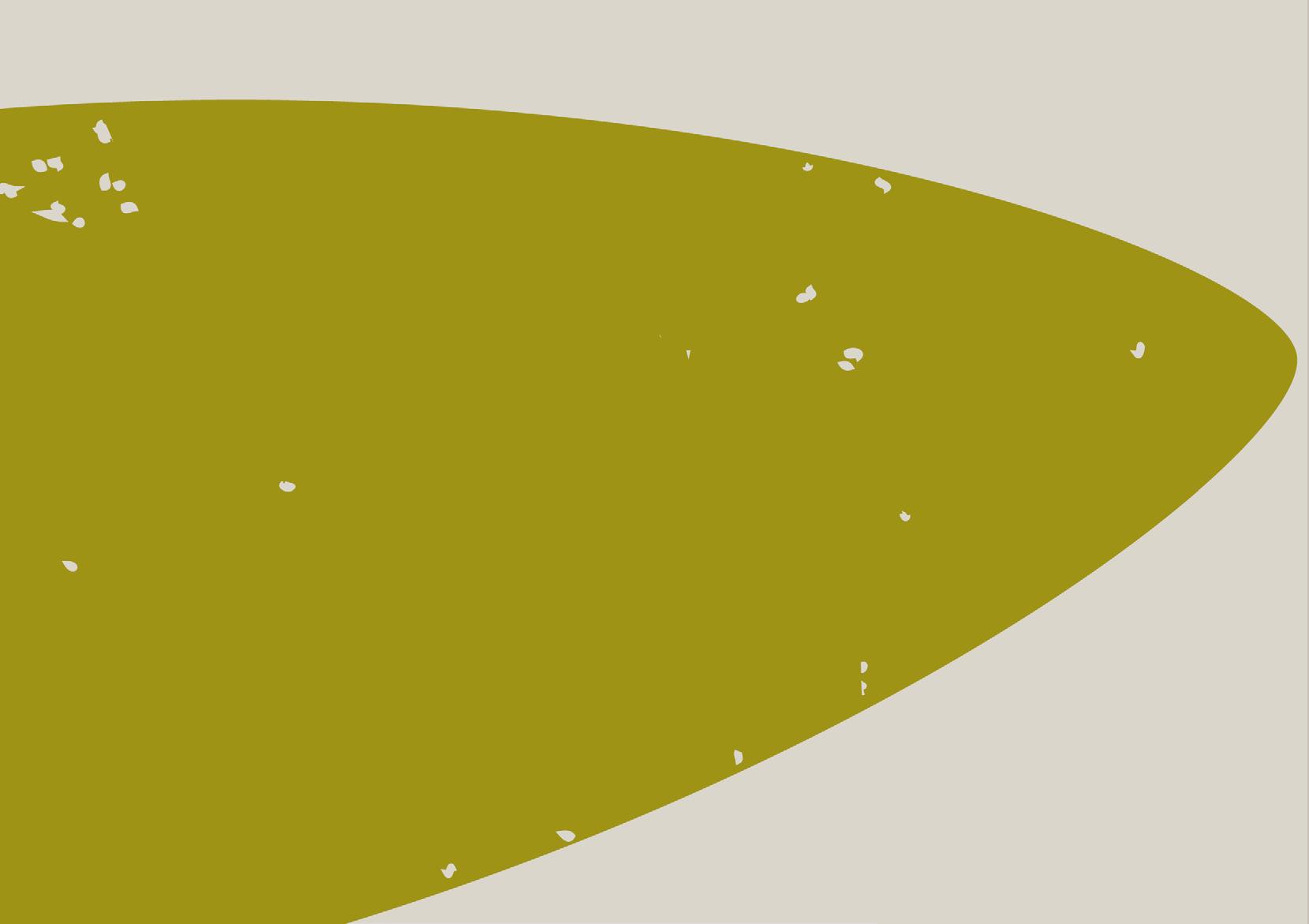
5. Enable research in support of the SDGs
Research, like culture and education, is very much part of the ‘how’ of the Goals: it is one of the main means by which the Goals will be achieved. Research, knowledge creation, and innovation across all disciplines – sciences, social sciences and humanities - are fundamental for the achievement of all of the SDGs.43
Research and innovation are the subject of SDG 9, “Build resilient infrastructure, promote inclusive and sustainable industrialization and foster innovation”.
Museum collections are a distributed research
and knowledge infrastructure, preserved and developed for the long-term and supporting a wide range of educational, research and innovation-driven activities (see also 1. Protect and safeguard the world’s cultural and natural heritage above). Ensuring this infrastructure is developed to meet the needs of present and future researchers is vital to supporting the SDGs.
Resilient infrastructure is the subject of SDG 9.1, and SDG 9.4 is aimed at retrofitting infrastructure (which would include collections facilities) to reduce its negative environmental impacts, make more use of renewable energy and increase energy efficiency, but resilience would also relate to long-term usability of collections as a research infrastructure.
43 See ‘Getting started with the SDGs in Universities’ (SDSN Australia/Pacific, 2017), http://ap-unsdsn.org/regionalinitiatives/universities-sdgs/university-sdg-guide/

Science is explicitly mentioned in a number of targets, most notably SDG 9.5, “Enhance scientific research, upgrade the technological capabilities of industrial sectors in all countries, in particular developing countries, including, by 2030, encouraging innovation and substantially increasing the number of research and development workers per 1 million people and public and private research and development spending”. Goal 2 (2.A) requires investment into “agricultural research”; ensuring healthy lives (Goal 3, 3.B) requires “research and development of vaccines and medicines”, and establishing sustainable consumption and production patterns (Goal 12, 12.A) means supporting “developing countries to strengthen their scientific and technological capacity”. Goal 14 (14.A) has the target “increase scientific knowledge, develop research capacity and transfer marine technology…”
Museums have a key role to play in supporting
the field of heritage science, which seeks to enhance the understanding, care, use and management of both tangible and intangible cultural heritage so it can enrich people’s lives, both today and in the future.44
Heritage science relates directly to SDGs 9.1, 9.4, 9.5 and 11.4 and other Goals and targets linked to the protection and safeguarding of cultural and natural heritage, education, and cultural participation for all.
44 https://www.iccrom.org/section/heritage-science
Museums can support research in support of the SDGs in a number of ways, drawing on their collections, practices and operations:
1. They can help provide access to researchers to research-useful collections, whether for traditional disciplinary or novel approaches, and help communicate the results of research to their various audiences and stakeholders. Collections, collections facilities and access to collections information need to be developed to meet the needs of current and future researchers.
2. They can help researchers and policy makers better understand how to achieve the SDGs through humanities and social sciences research, for example by being a test-bed to explore how people can be involved in policy development and/or public activity in support of the SDGs. 3. They can support heritage science, which supports the protection, safeguarding and sustainable use of cultural and natural heritage in museums.
4. They can support developing countries to make effective use of collections and collections information for research to benefit those countries, and to protect and safeguard cultural and natural heritage in those countries.
5. Some museums will undertake research themselves, and this could be directed towards the advancement of the SDGs, or use the SDGs as a framework for communication and reporting.
6.

Museums can contribute directly to the SDGs through the decisions they make, small and large, and at all levels.

Leadership, management and operations are considered together here, to emphasise the importance of connecting museums’ visions and missions with the culture and activities of museums themselves.
This ensures a clear streamlining of museums’, and museum workers’, identity, values and activity.
Museums can make very important contributions to a number of SDGs through their operations and processes, outlined on the following pages.
To give some examples:
1. Taking leadership and management decisions (at all levels) that apply the SDGs to the institution itself and the daily work of staff, that support the SDGs and the seven activities listed above, and that ultimately enhance the human and environmental rights of those impacted by museums and their work.
2. Supporting staff at all levels to contribute directly and indirectly to the SDGs through their own work.
3. Having effective training and recruitment processes can help contribute to SDGs around poverty, equality and employment.
4. Directing procurement processes towards sustainability, by promoting the uptake of products from local suppliers to reduce waste and promote local culture, choosing suppliers and products with lower negative and greater positive social and environmental impacts. 5. Retrofitting (or developing) buildings to reduce unnecessary waste of energy, take-up sustainable energy sources, and contribute to climate action.
6. Having effective policies, procedures and support around staff travel, to reduce negative environmental impacts to contribute to climate action.
7. Having effective policies, procedures and support to steadily reduce waste of all kinds.
8. Being accountable for decisions that support and impede the SDGs, through building the SDGs into reporting and monitoring systems.
9. Working at all times to ensure that positive contributions to the SDGs are enhanced, and that negative contributions are steadily reduced.
7.

Museums and museum workers regularly work in partnership, across their own sector[s], and with other sectors. They have tremendous freedom in the partnerships and collaborations they develop, and can direct their activity to building partnerships to better support the SDGs, contributing to a huge range of initiatives.
By aligning their work with potential partners, new opportunities will be created, which will enhance social and environmental outcomes, and benefit all partners including museums. Effective partnerships produce better results than can be achieved alone, and create new opportunities that cannot be achieved in isolation.
All museums, museum workers and networks should consider how their work could complement the work of others and other sectors to create public value to advance the
SDGs. Museums with collections from other countries and communities can use these to build partnerships that connect local and global dimensions in pursuit of the SDGs. Aligning museum policies with policies in other sectors can help create opportunities to accelerate action for the SDGs. This helps to achieve Goal 17, ‘Partnerships for the goals’. Notably:
• SDG 17.14, ‘Enhance policy coherence for sustainable development’
• SDG 17.16, ‘Enhance the Global Partnership for
Sustainable Development, complemented by multi-stakeholder partnerships that mobilise and share knowledge, expertise, technology and financial resources, to support the achievement of the Sustainable Development
Goals in all countries, in particular developing countries’
• SDG 17.17, ‘Encourage and promote effective public, public-private and civil society partnerships, building on the experience and resourcing strategies of partnerships’
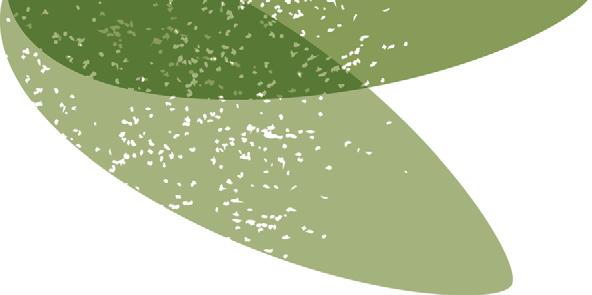
OECD and ICOM have produced a guide on the potential of museums in local development, ‘Culture and Local Development: Maximising the Impact, guide for local government, communities and museums’.45 Although not framed around the SDGs, this guide is very useful for exploring the relationship between museums and local policy development and delivery.

The Partnering Initiative and UN DESA has produced a very useful guide entitled ‘Maximising the Impact of Partnerships for the SDGS: a practical guide to partnership value creation’. This guide provides useful tools for developing different kinds of partnership, and for amplifying the impact of partnerships for positive social and environmental outcomes.46
45 https://icom.museum/wp-content/uploads/2018/12/OECD-ICOM-GUIDE-MUSEUMS-AND-CITIES.pdf 46 https://sustainabledevelopment.un.org/content/documents/2564Partnerships_for_the_SDGs_ Maximising_Value_Guidebook_Final.pdf








